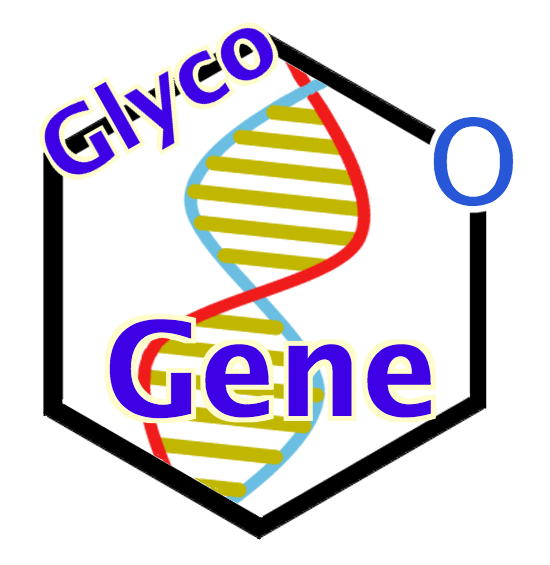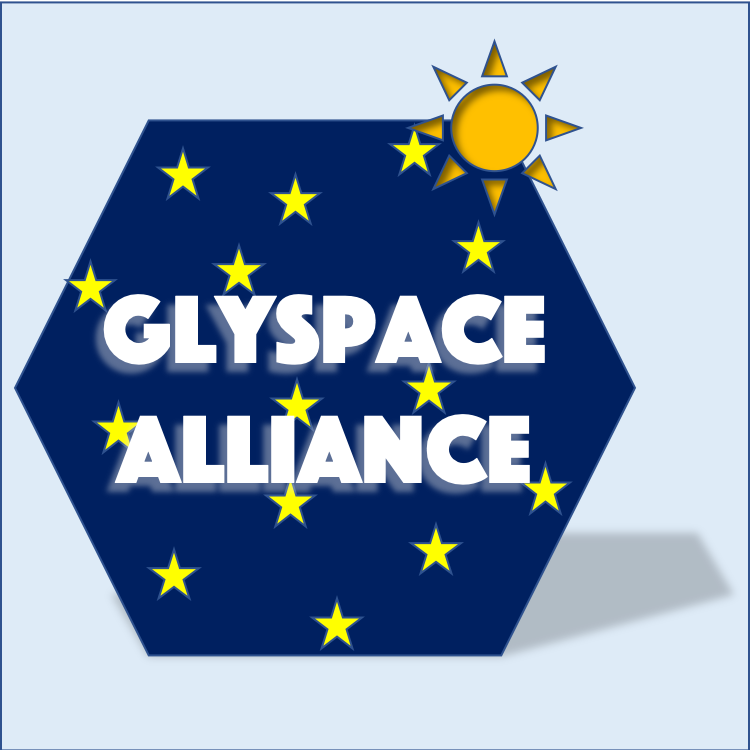 GlycoGene Database (GGDB)
GlycoGene Database (GGDB)
GGDB is a database which includes genes associated with glycan synthesis such as glycosyltransferase, sugar nucleotide synthases, sugar-nucleotide transporters, and sulfotransferases.
| Database | Last Updated |
|---|---|
| GlycoGene Database (GGDB) | January 26, 2018 |
| GGDB ID | GGDB Symbol | Families | Pathway Class Labels ▲ | Designations | Organism |
|---|---|---|---|---|---|
|
B4GALNT2
|
|
|
|
Homo sapiens
|
|
|
ST8SIA4
|
|
|
|
Homo sapiens
|
|
|
ST6GAL1
|
|
|
|
Homo sapiens
|
|
|
ST6GAL2
|
|
|
|
Homo sapiens
|
|
|
MGAT5B
|
|
|
|
Homo sapiens
|
|
|
ST8SIA3
|
|
|
|
Homo sapiens
|
|
|
ALG8
|
|
|
|
Homo sapiens
|
|
|
ALG3
|
|
|
|
Homo sapiens
|
|
|
ALG14
|
|
|
|
Homo sapiens
|
|
|
MGAT1
|
|
|
|
Homo sapiens
|
Displaying entries 81 - 90 of 222 in total
To see the latest features, please visit our beta site.
International Collaboration
GlyCosmos is a member of the GlySpace Alliance together with GlyGen and Glycomics@ExPASy.


Acknowledgements
Supported by JST NBDC Grant Number JPMJND2204
Partly supported by NIH Common Fund Grant #1U01GM125267-01
